The Journey of Hair Serum
| Estimated Reading Time: 5 minutes |
When people talk about hair care, the first things that usually come to mind are shampoo and conditioner. Maybe oil, if we think of traditional routines. Yet over the last few decades, another small product has made its way into everyday life—hair serum.
Table of Content: |
Now, before going any further, it’s useful to ask a simple question: what is hair serum? At its most basic, it’s a liquid that coats the hair to make it smoother, shinier, and easier to manage. Unlike oil, it doesn’t weigh the hair down. A drop or two is enough. That’s the practical definition. But its journey tells a bigger story—about changing lifestyles, shifting consumer habits, and the way beauty products evolve with time.
The First Appearance of Hair Serum
Hair serum wasn’t always around. For centuries, people depended mainly on oils to condition and style hair. Oils had their benefits but also drawbacks—they could be sticky, collect dust, and take ages to wash out.
In the late 20th century, especially in the 1970s and 80s, hair treatments were becoming common. Perms, dyes, chemical straightening, blow-drying—you name it. All of that caused dryness and breakage. People needed a quick solution that didn’t make things worse.
That is where silicone-based serums entered the scene. The earliest ones appeared in Western markets. The science was simple: silicones like dimethicone coated each strand, making it look glossy and less frizzy. Unlike oil, they acted instantly.
Of course, these first serums didn’t heal hair; they just improved the appearance. But for people struggling with daily styling damage, even that was a game changer. Imagine someone with frizz walking into a salon, getting a few drops of serum applied, and walking out with sleek hair in minutes—it felt almost magical at the time.
Evolution Across Decades
1. 1990s – From salons to home shelves
During the 90s, hair serum slowly became more accessible. It was no longer just a professional secret. Bottles appeared in supermarkets, and everyday users started buying them. At this stage, most people thought of serum as a “shine liquid.” If your hair looked dull or messy before a party, a tiny amount fixed it.

2. 2000s – More than just shine
The early 2000s were dominated by heat styling. Flat irons and curling rods were everywhere. With that came split ends and dryness. People began asking for something that didn’t only improve looks but also gave protection. Brands reacted by adding vitamins, proteins, and UV filters. In other words, serum was marketed not only as cosmetic but also as a guard against heat and chemicals.
3. 2010s – The natural shift
By the 2010s, buying habits had started to change. People were paying more attention to what they put on their skin and hair. They didn’t just want shine—they wanted products with argan oil, jojoba, or marula. Labels saying “no parabens” or “sulfate-free” suddenly mattered. If the 90s were about convenience and the 2000s were about protection, the 2010s were about aligning hair care with lifestyle and values.
4. 2020s to 2025 – Custom and eco-friendly
Recent years have taken it one step further. Some brands now ask customers to fill out questionnaires before suggesting a serum—different hair textures, different climates, even different routines. At the same time, the packaging itself has changed. Instead of throwing away bottles, many people now buy refills. Lighter, water-saving formulas are also being tested. The focus isn’t only on hair anymore but also on the planet.
How Hair Serum Is Made
To really understand what is hair serum, let’s look briefly at how it’s put together.
1. Base layer – Most serums begin with silicones, though not as heavily as before. These form the smooth coating. Some formulas also add lightweight oils such as sunflower or coconut.

2. Extra ingredients – Depending on the goal, a brand may add keratin for strength, Vitamin E for protection, or natural oils for softness. Some even include UV filters for people living in hot climates.
3. Mixing – These ingredients are combined in controlled ratios until the liquid is stable and clear. This is where one serum starts to differ from another.
4. Bottling – Finally, the product is packed in small bottles with pumps or droppers. The reason is obvious: you don’t need much. A few drops are plenty. If you use more, the hair gets greasy, which many people learn the hard way.
Interestingly, people often talk about serum in ways that are not technical at all. Someone might say, “My hair feels alive again,” or “I can’t leave home without it.” That emotional link is why serums stayed relevant while many other products came and went.
Everyday Relevance
It’s also worth noting how flexible serums are. For someone living in a humid city, the main role is controlling frizz. For a person who straightens hair daily, it’s about heat protection. Another might use it purely for shine. This variety in usage explains why serum never got stuck in a single category.
Unlike oil, which can be heavy, serum fits the modern pace of life. You apply it quickly, you don’t wait for hours, and you don’t have to wash it out. In many ways, it’s a product shaped by lifestyle shifts—fast routines, professional demands, and changing beauty standards

Conclusion
From its invention in the 70s to the eco-aware bottles of 2025, hair serum has come a long way. It started off as a silicone solution for frizz. Then it became a protective layer against styling damage. Later, it absorbed natural ingredients to meet new expectations. Today, it stands as a customizable, environmentally conscious product.
So, what is hair serum today? It is a mix of science and habit. It may be a tiny drop, but it plays a big role in daily grooming and even confidence.
Looking at the future, researchers are already working on versions that don’t just coat but actively repair damaged hair. Whether or not those arrive soon, one thing is certain: that small drop has turned into part of a bigger human story—about innovation, lifestyle, and the search for simple solutions.
Recommended Products by Blue Nectar:
Green Tea Hair Serum for Frizzy Hair with Plant Based Biotin(12 herbs, 50ml)
Batana & Almond Hair Serum for Hair Growth (17 herbs, 50ml)
Rosemary Advanced Hair Growth Serum for Dry & Frizzy Hair with Plant Based Keratin (17 Herbs, 50ml)
Related Articles:
An ultimate solution to FAQs on hair serum
References:
https://hairbygv.com/blog/the-evolution-of-hair-trends-a-look-back-from-2000-to-2025
https://www.mdpi.com/2079-9284/10/3/71
https://beautymatter.com/articles/2025-trends-whats-next-for-haircare
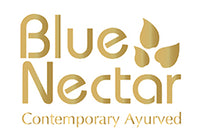

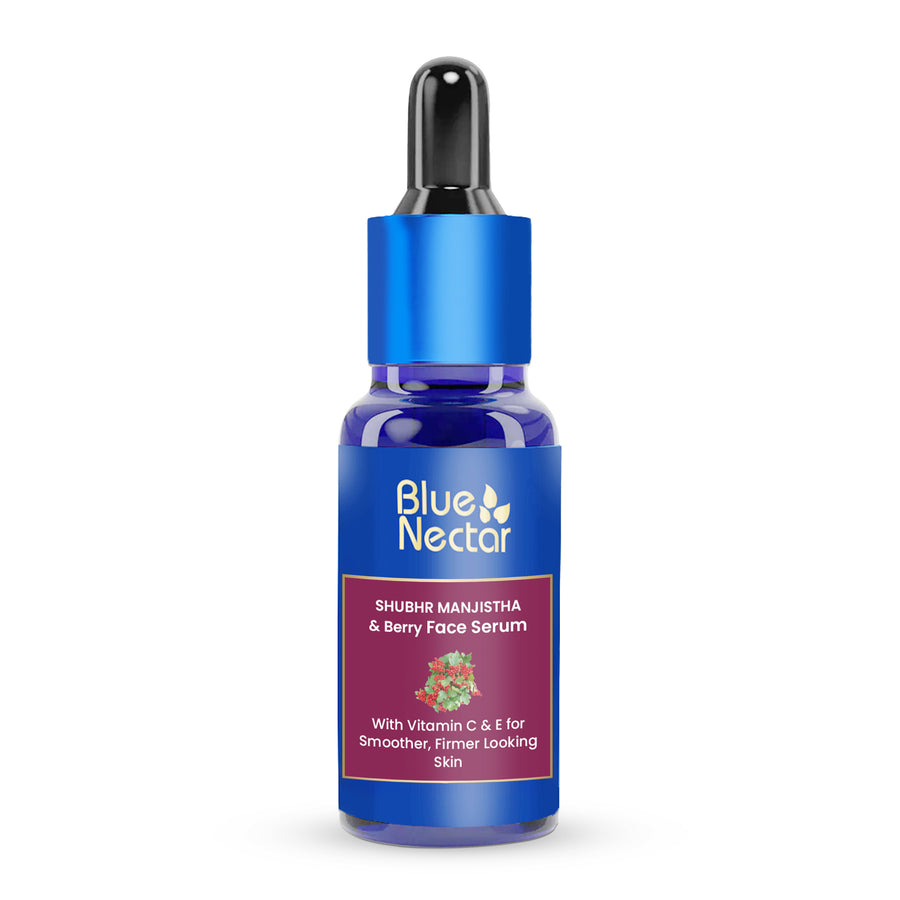
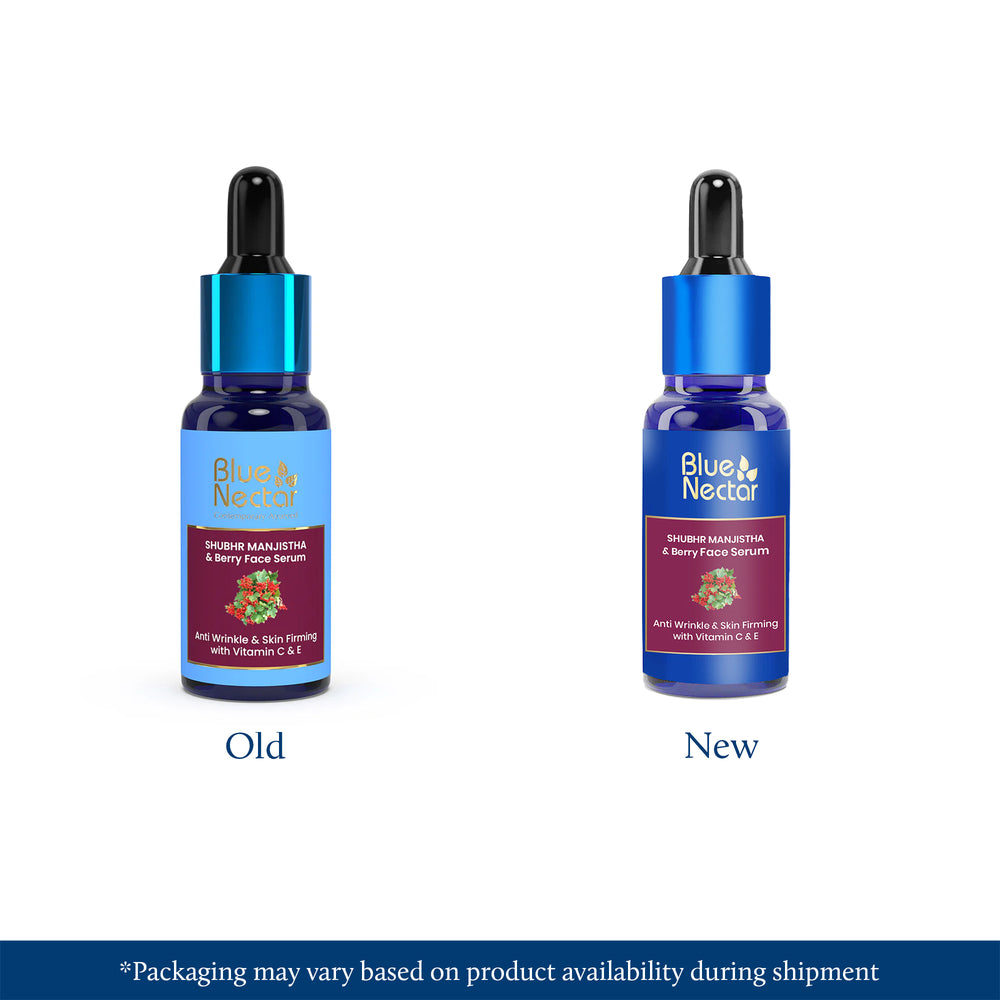
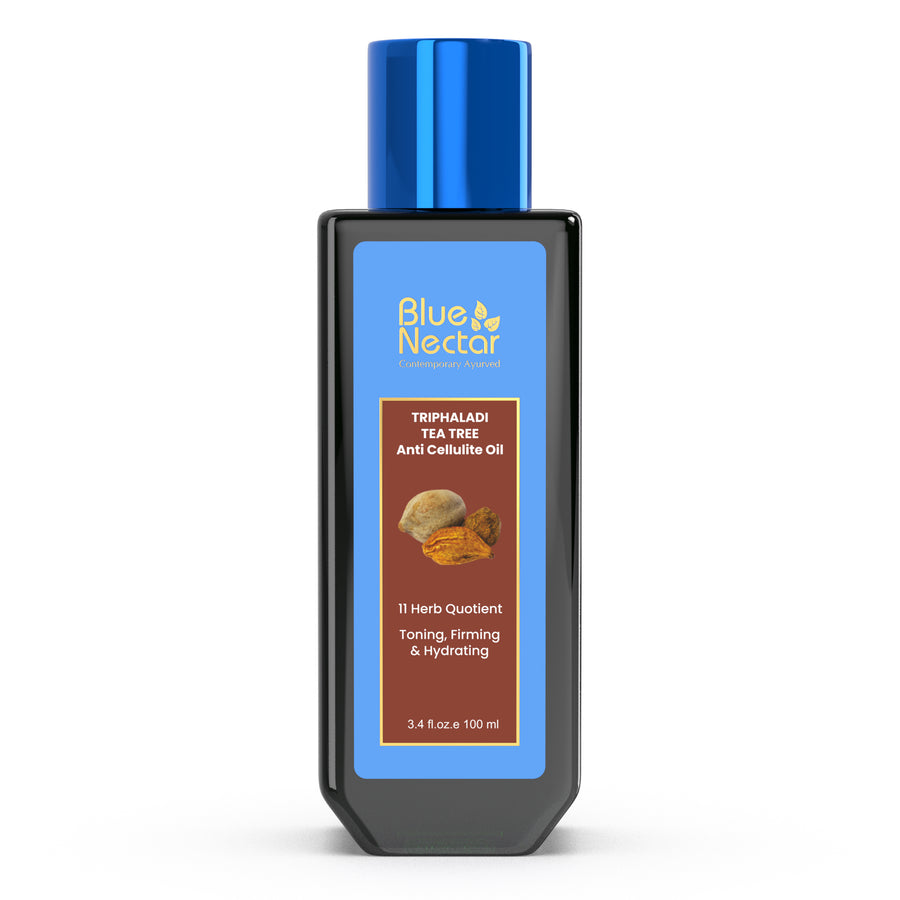
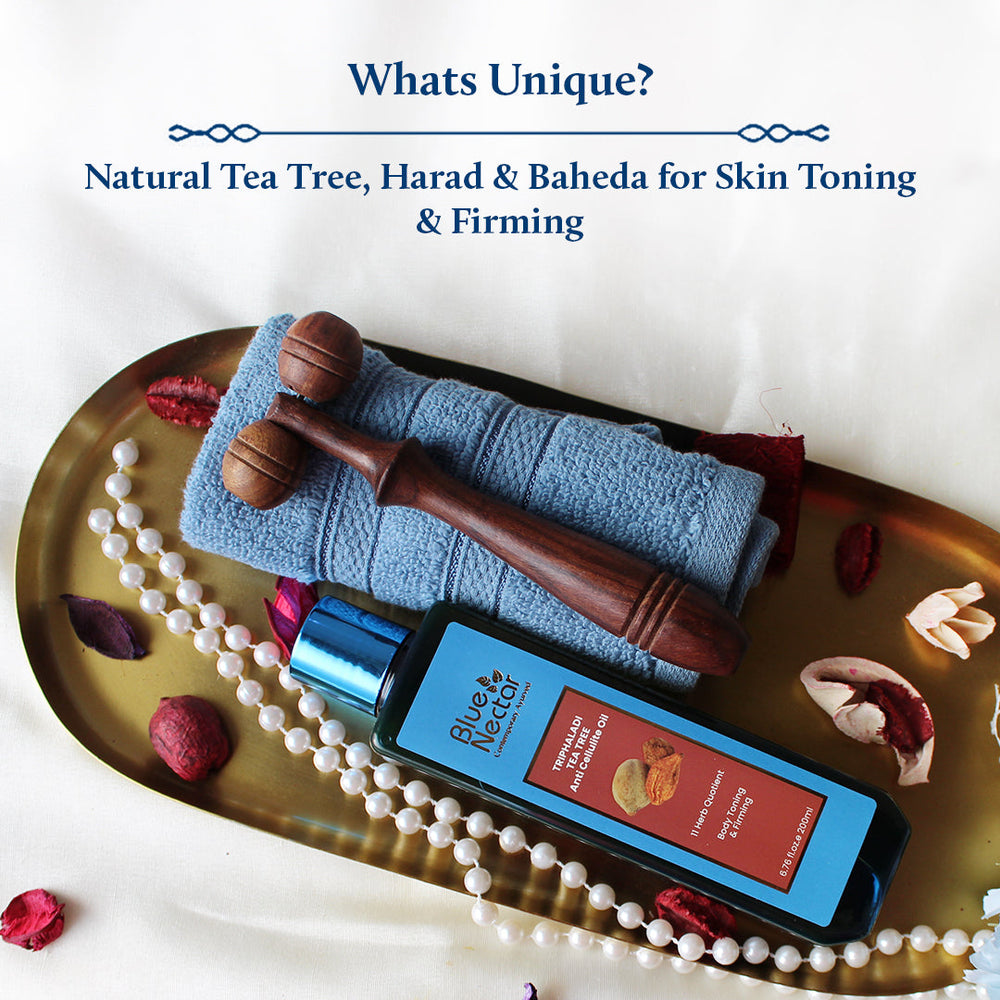
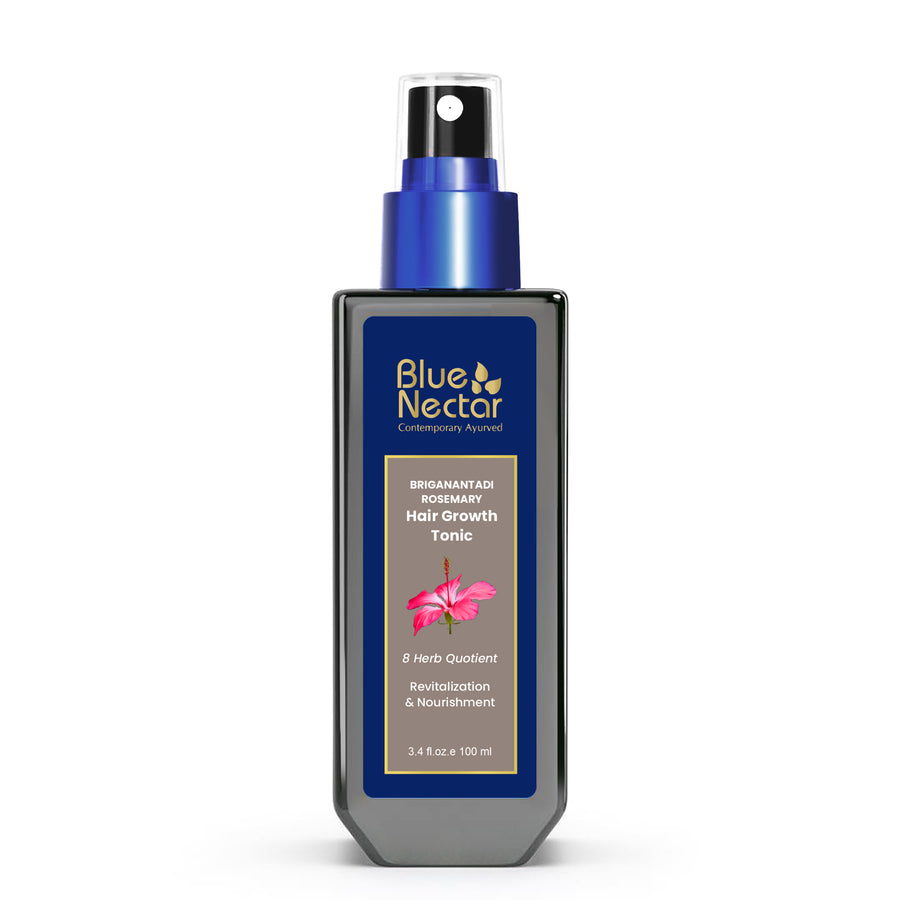
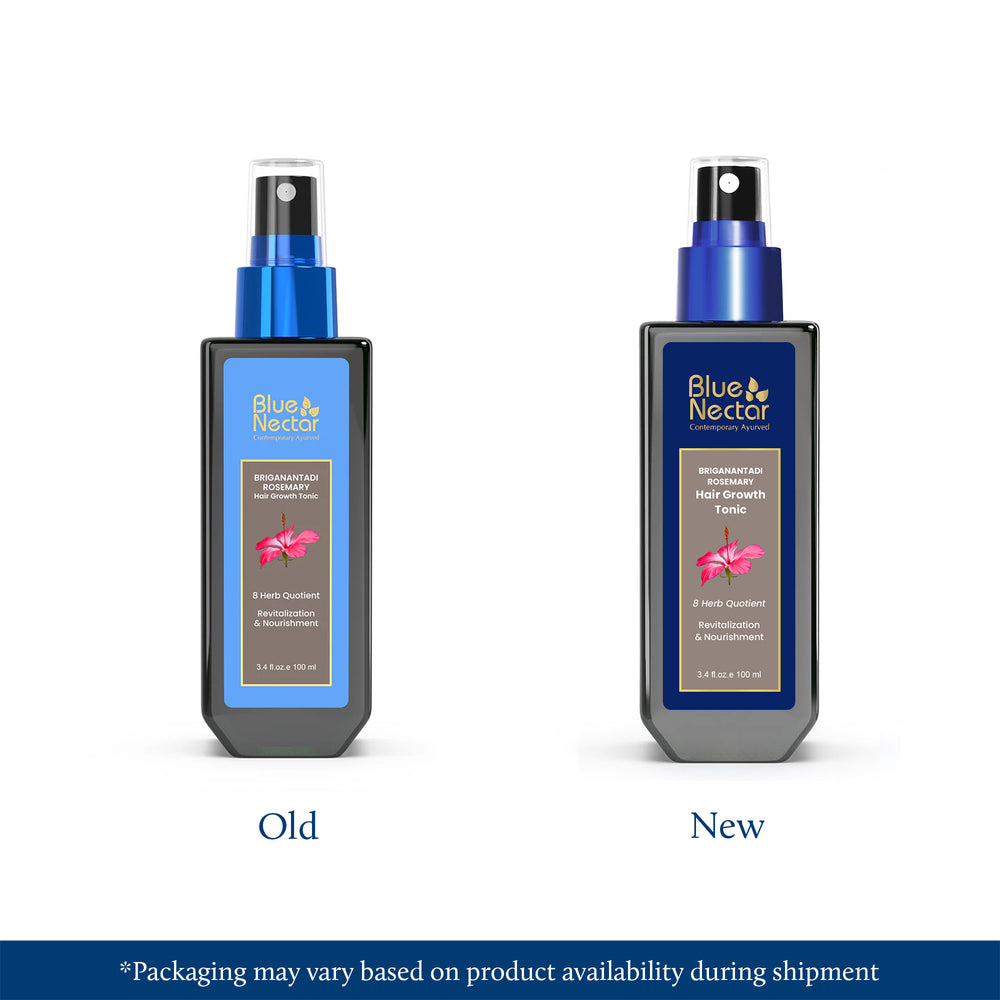
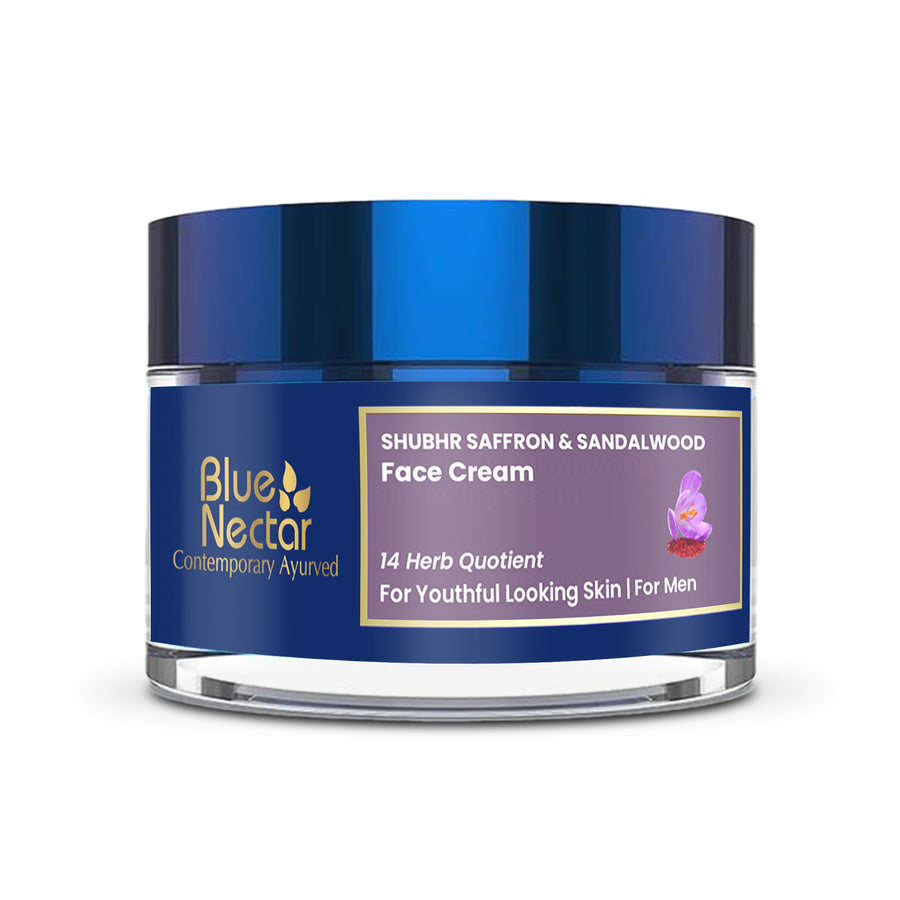
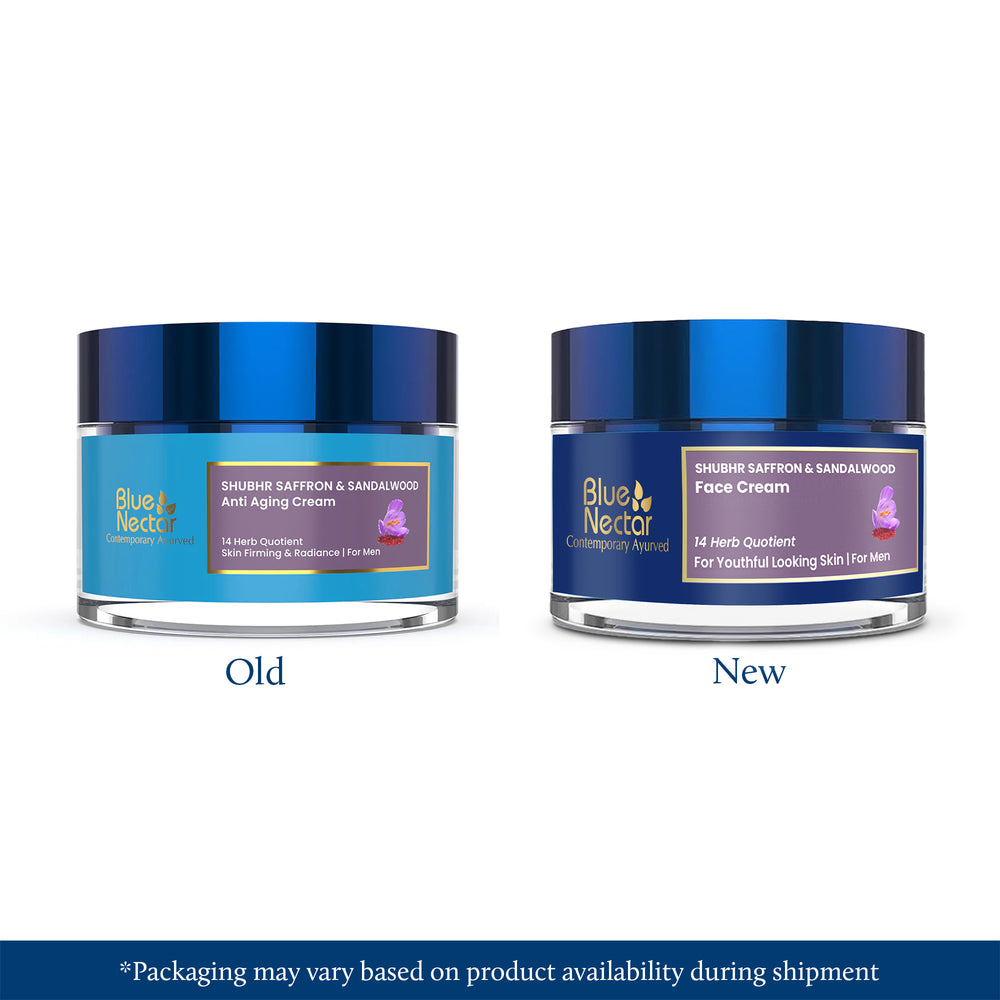
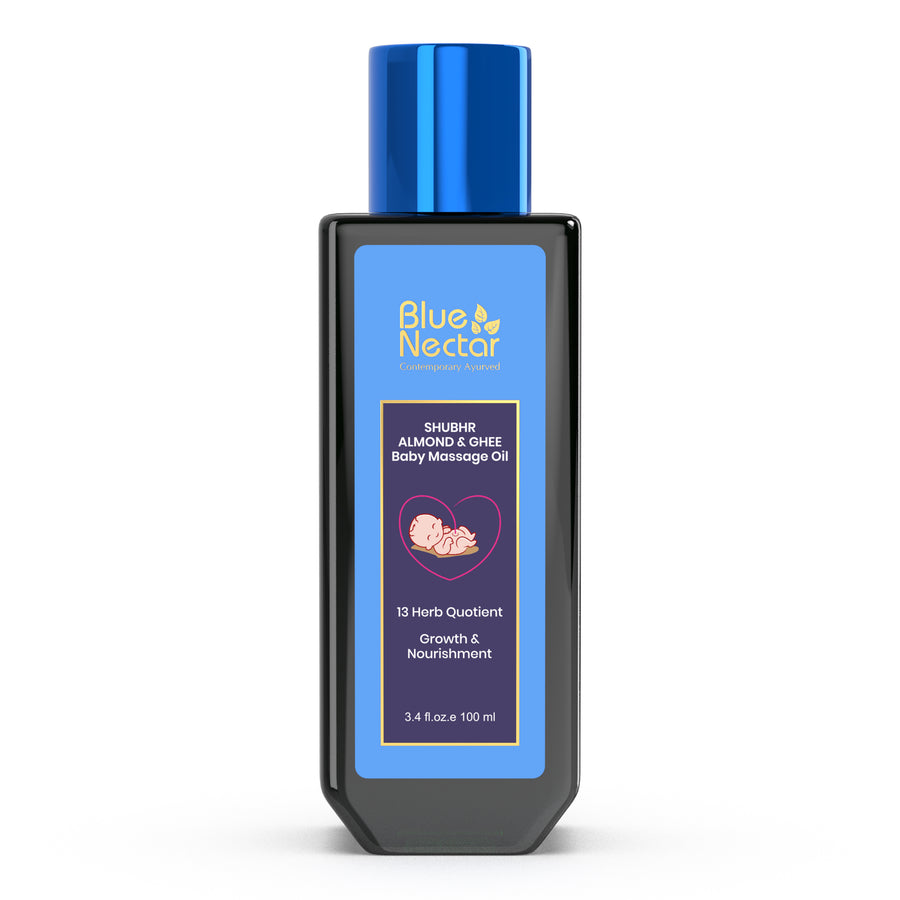
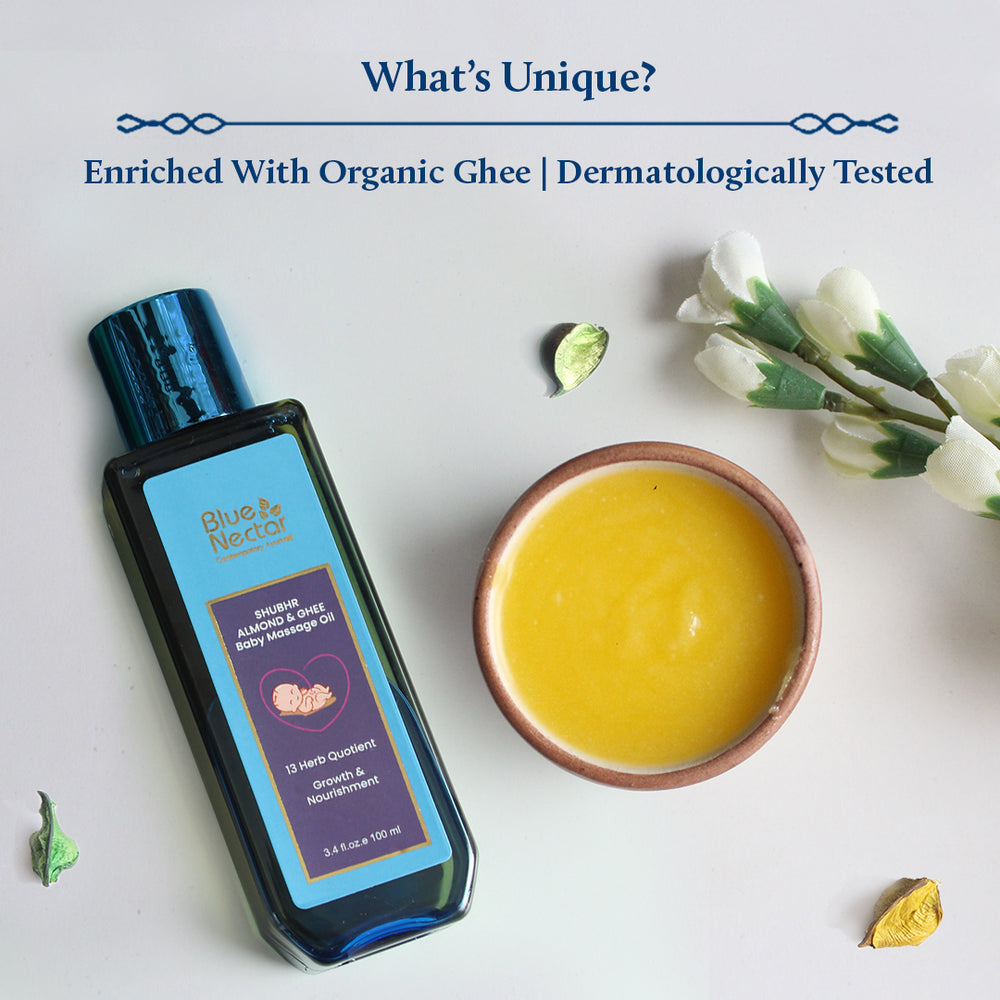
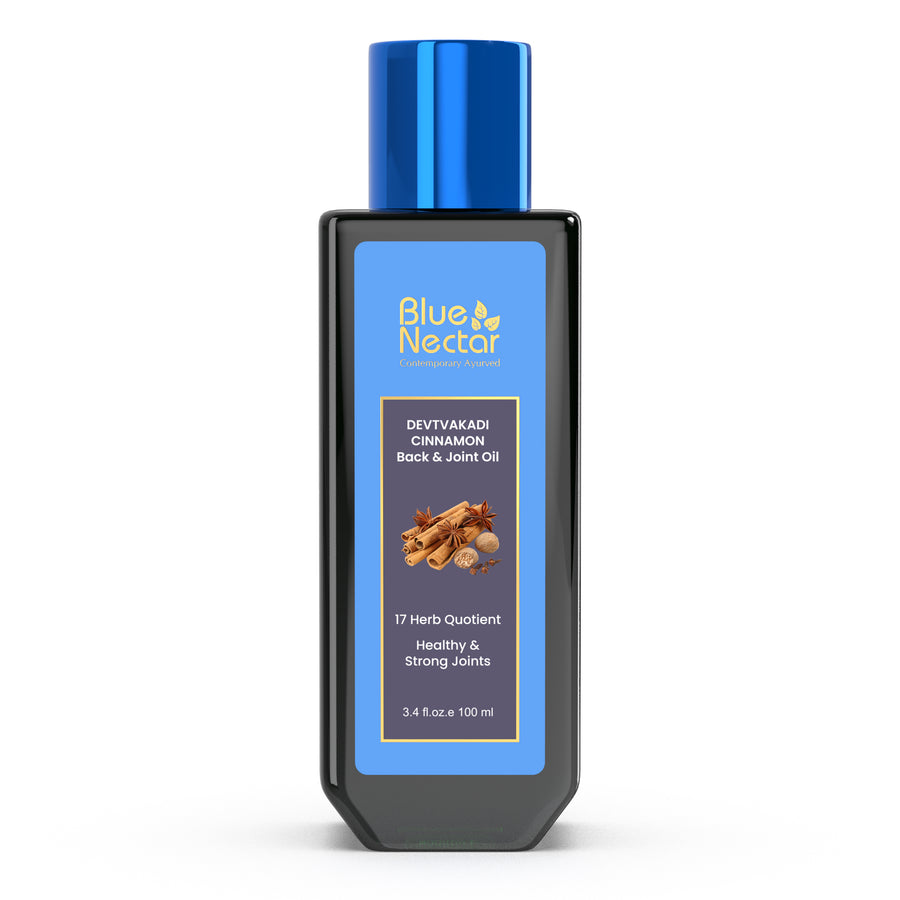
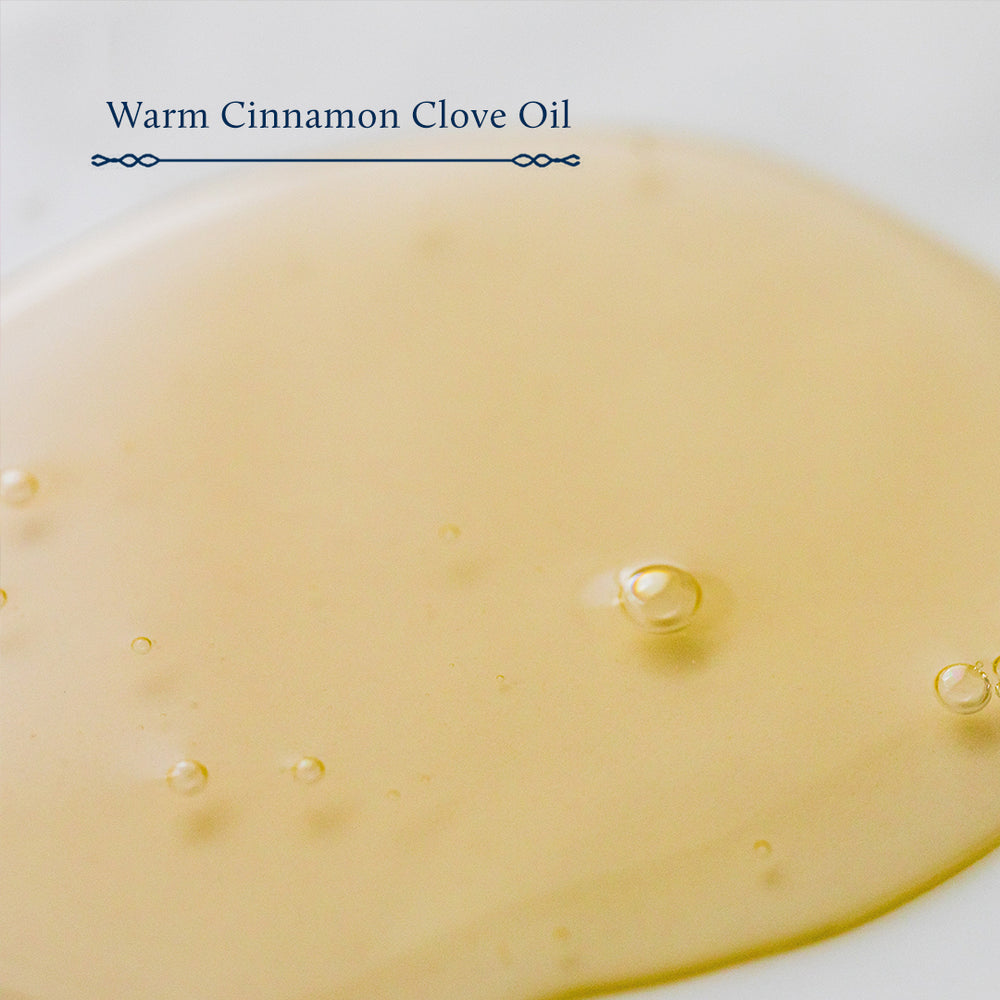


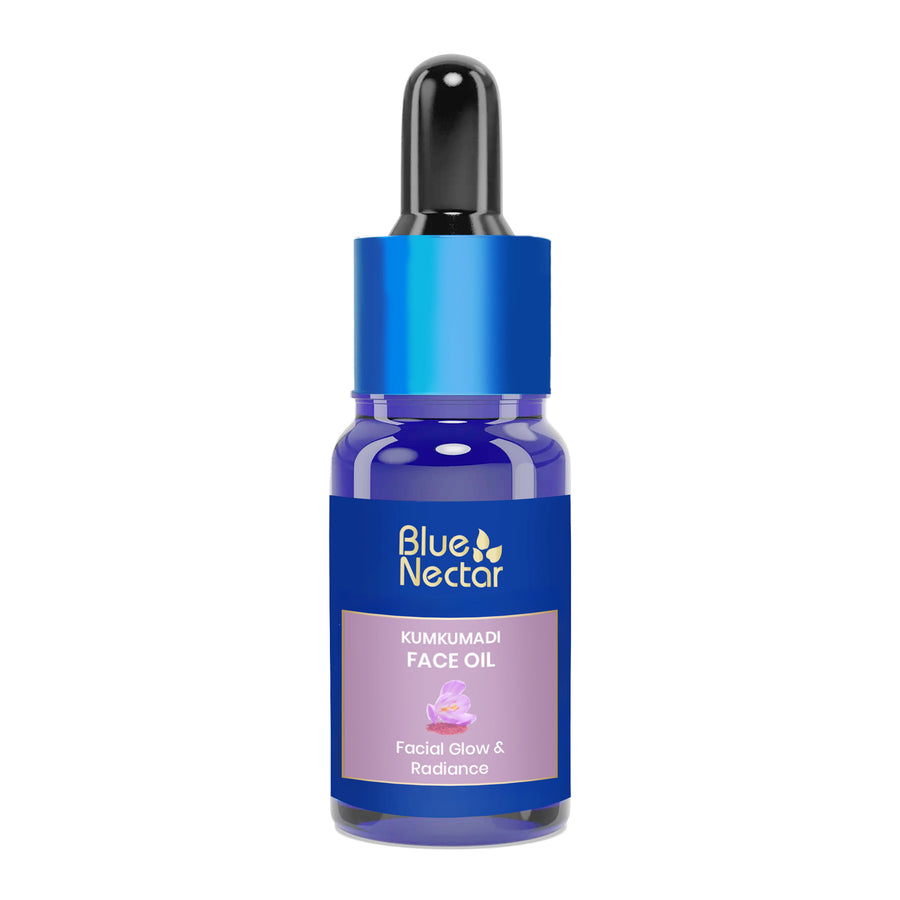
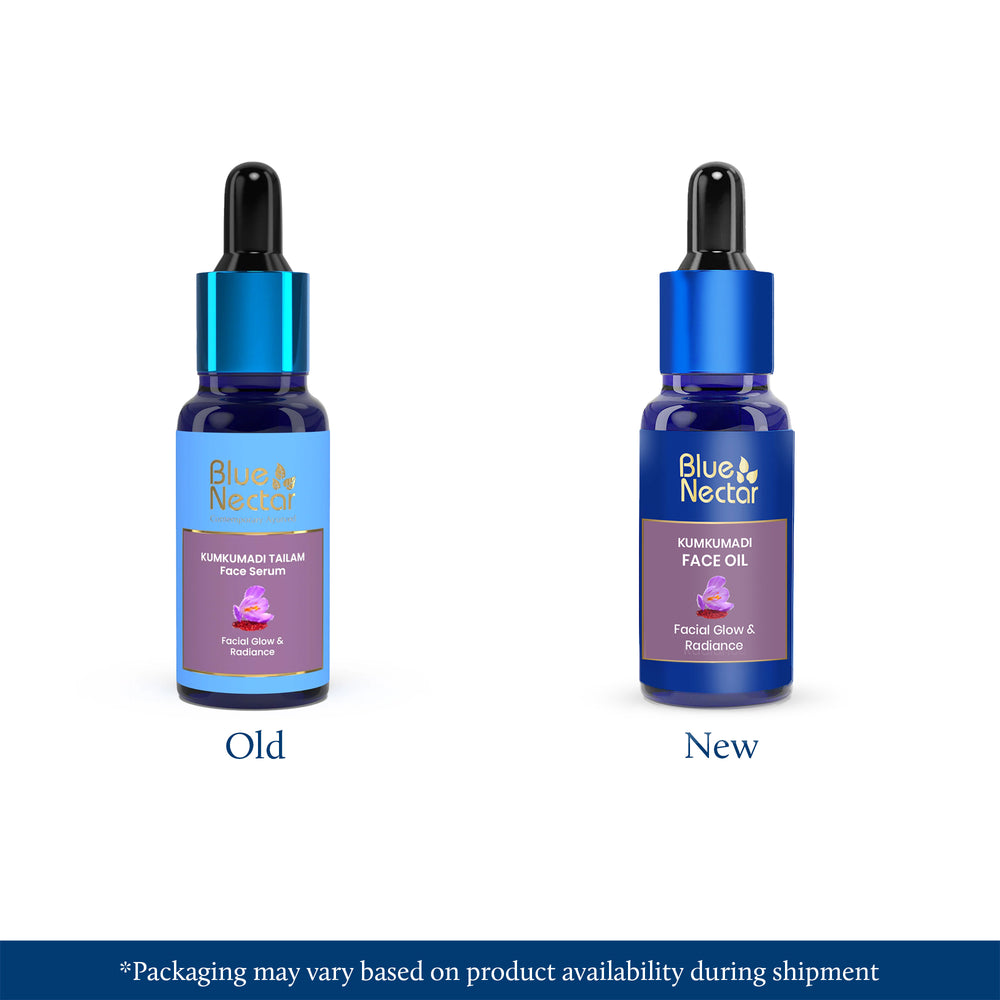
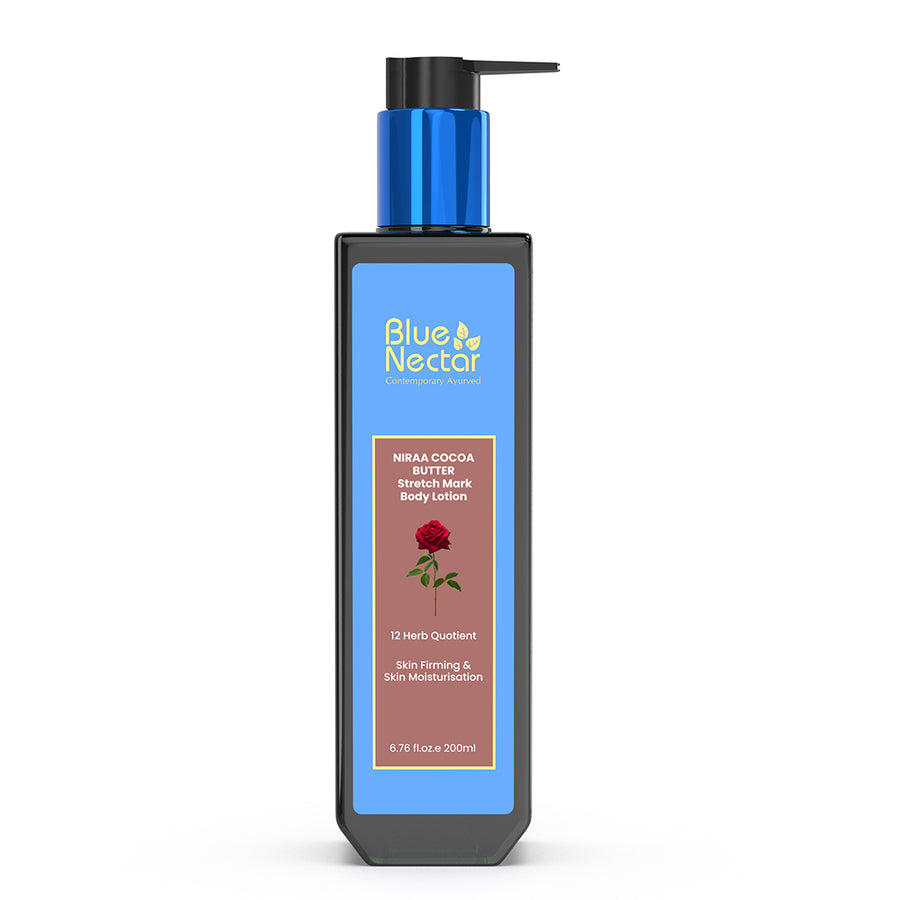
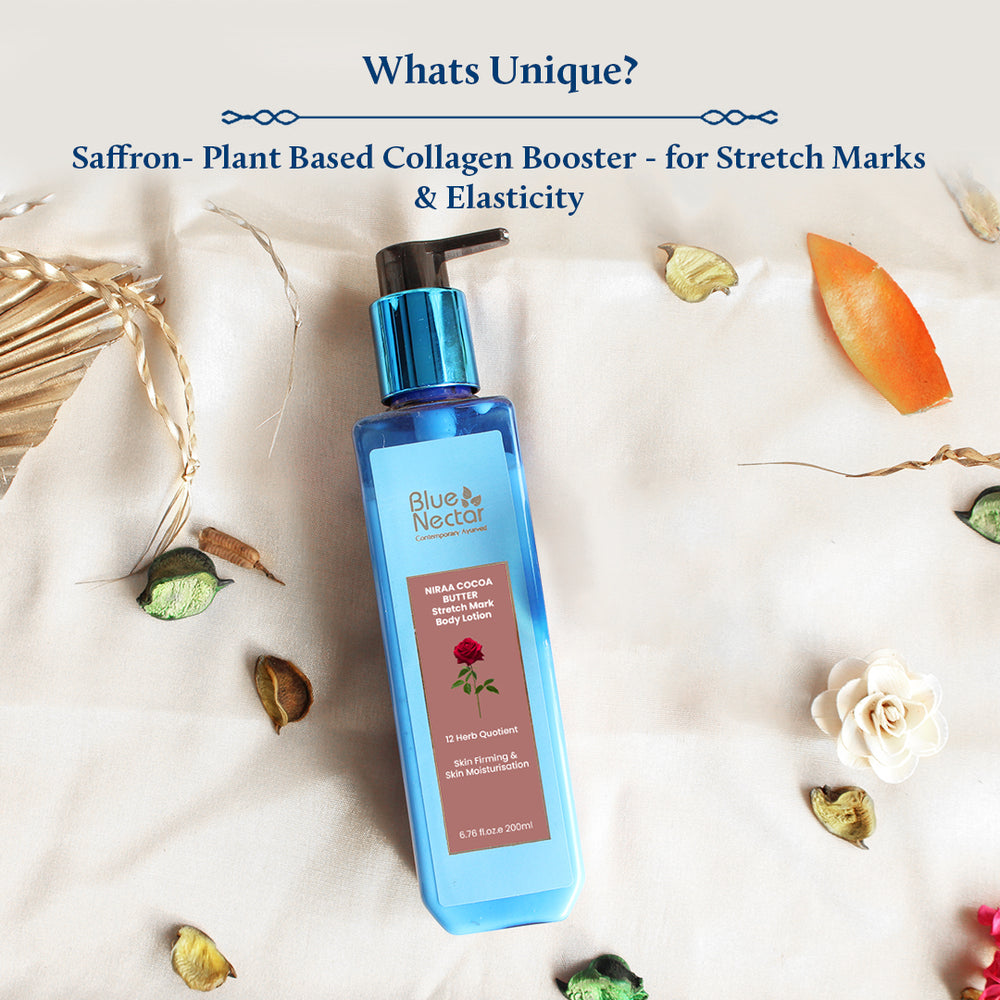
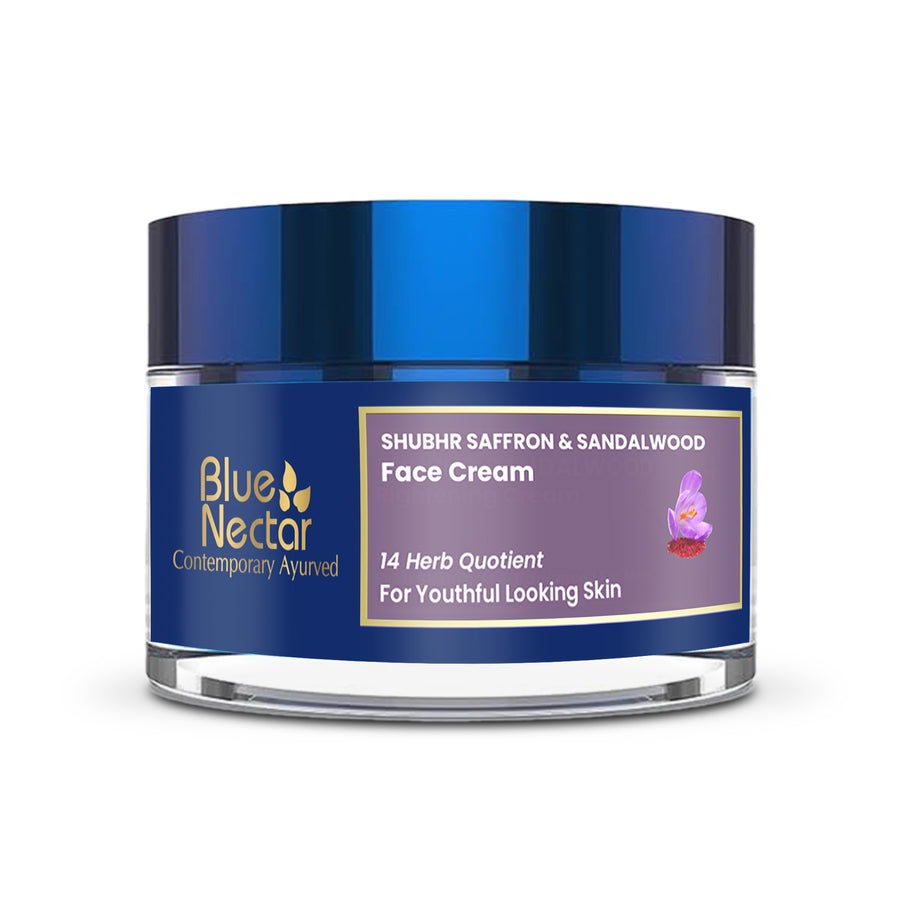
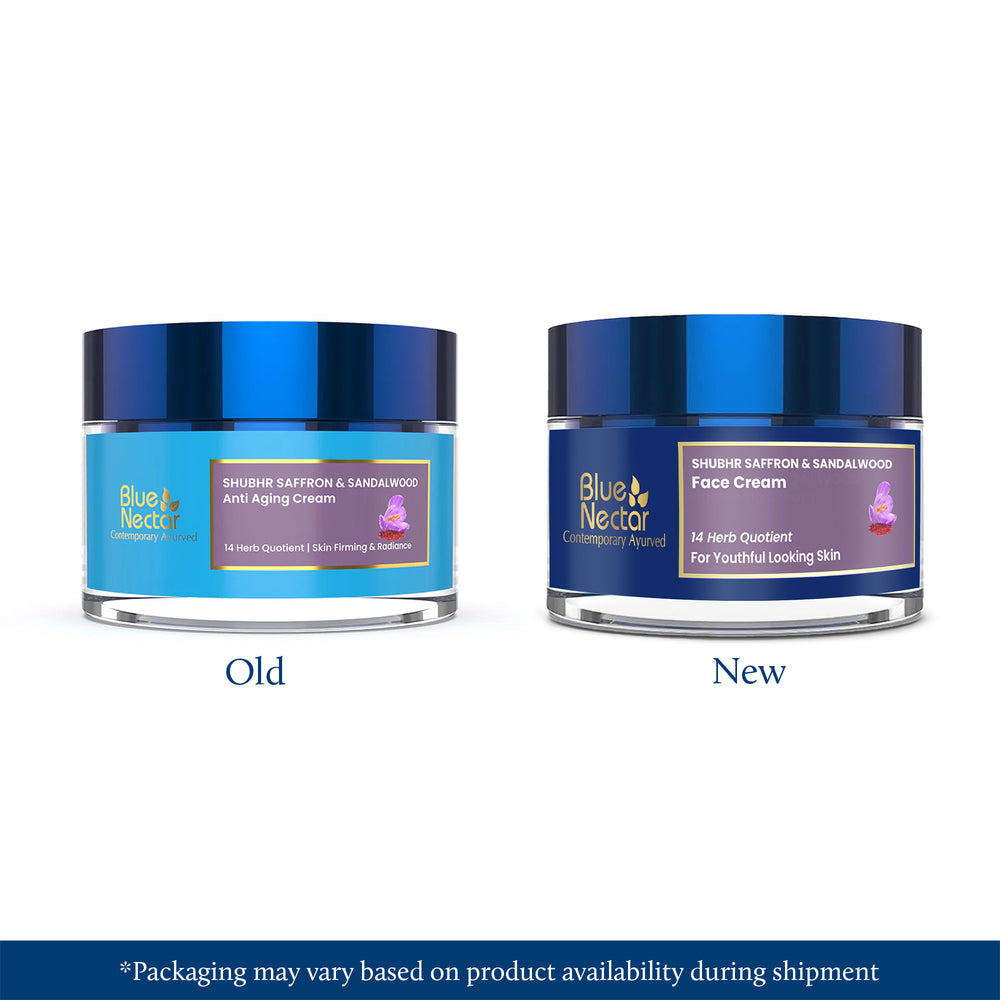
Leave a comment